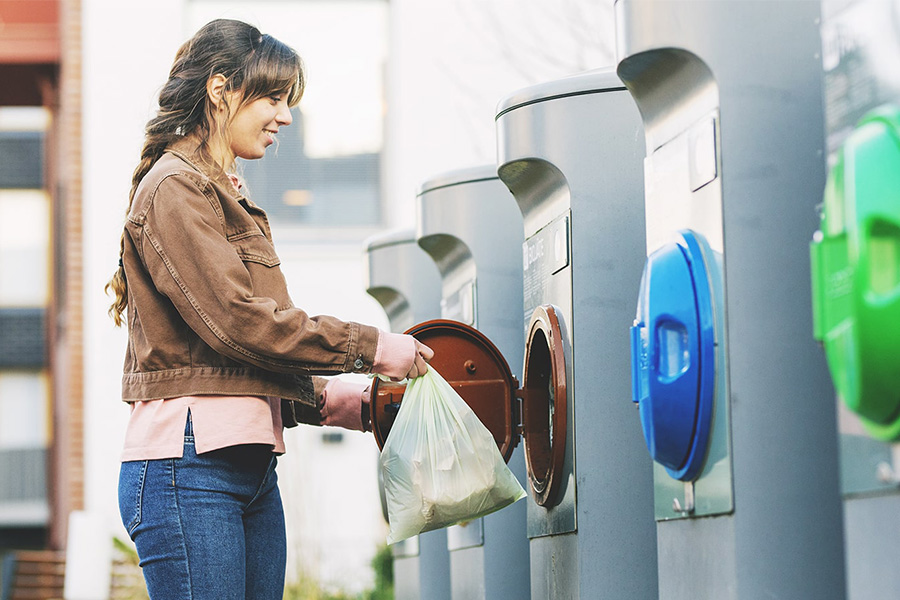
Sorting waste and recycling in Lumo homes
Lumo residents have a wide range of waste sorting and recycling opportunities at the waste collection points of Lumo houses. Residents must do their part and make sure they sort their waste properly.
Recycling protects the environment and helps save natural resources. In Finland, the law requires that different materials are collected separately for reuse. Incorrectly sorted waste also affects housing costs.
The following waste types are collected at the waste collection points of Lumo homes: biowaste, cardboard packaging, plastic packaging, paper, metal, glass and mixed waste.
Please keep reading so that you know how to sort correctly in the future!
Lumo homes' sorting and recycling guide
Biowaste
Biowaste includes for example:
- food scraps and spoiled food
- fish waste and peels (of potatoes, carrots, etc.)
- used coffee grounds and tea bags
- flowers and plants
- paper towels and napkins
No: liquids, ash, medicines, cigarette butts, or nappies.
Do this: Drain any liquids from the biowaste into the sink. Pack biowaste in a biodegradable bag or a newspaper.
Please note: Do not pour leftover frying fat or oil in the sink. Use for example old milk cartons and sort it in mixed waste. The oil from a small tuna can for example can be absorbed into biowaste.
Did you know? It is particularly important to separate biowaste from mixed waste, because moist biowaste reduces the energy production of waste incineration plants. Sorted biowaste is used for composting and making biogas. The use of biogas reduces greenhouse gas emissions.
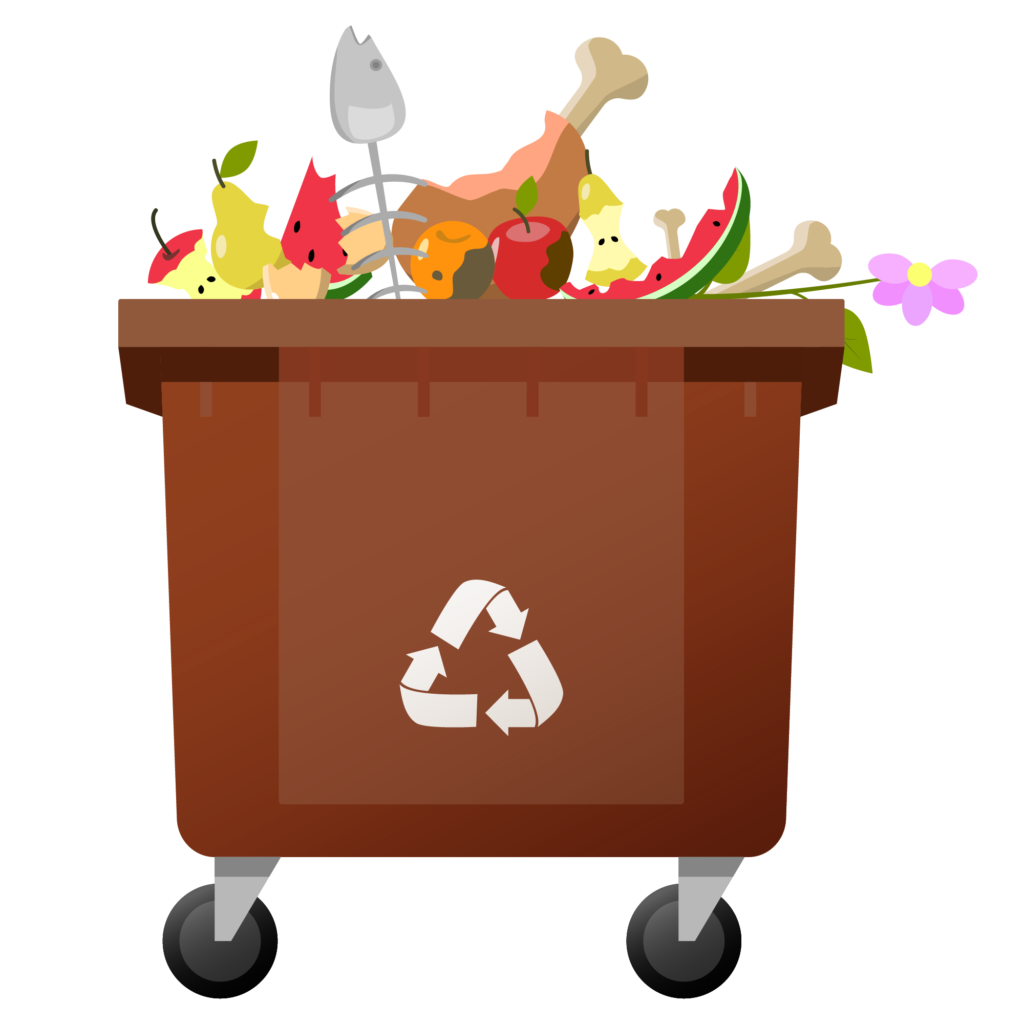
Cardboard packaging
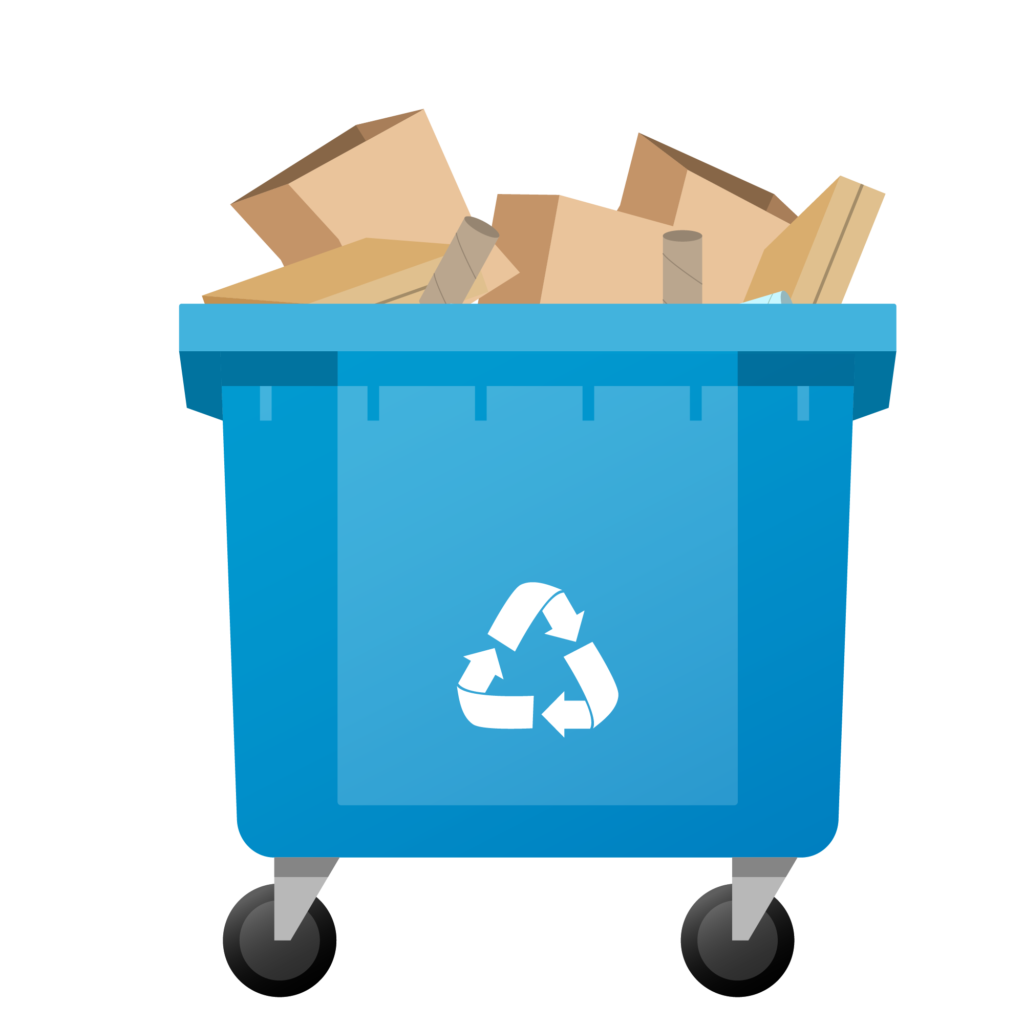
Cardboard collection includes for example:
- cardboard boxes and paper bags
- milk and juice cartons, packages for cereal and biscuits
- disposable cardboard tableware
- empty paper rolls and egg cartons, carton wrappers for beverages
- paper wrapping
No: dirty or wet cardboard or gift wrapping paper.
Do this: Flatten the cardboard packages before putting them in the collection bin. Rinse and drain the cartons, flatten them and pack them inside each other.
Did you know? Cardboard circulates as raw material for new cardboard packaging. Recycled cardboard is also used to make, for example, cardboard shells and envelopes.
Plastic packaging
Plastic collection includes for example:
- food packaging
- detergent packaging
- plastic bags and wraps
- plastic bottles, cans and jars
No: Other plastic products (such as toys and tableware), only plastic packaging. No dirty and hard-to-clean plastic packaging, those are sorted in mixed waste.
Do this: Rinse or wipe the packages as necessary. If the packages don’t smell, they are clean enough. Remove caps and lids and separate different varieties of plastic – this facilitates further processing of the packaging, as different varieties of plastic are utilised in different ways.
Tip: You can tell metal from plastic by squeezing the package. If it stays wrinkled, the material is metal. If not, it's made of plastic.
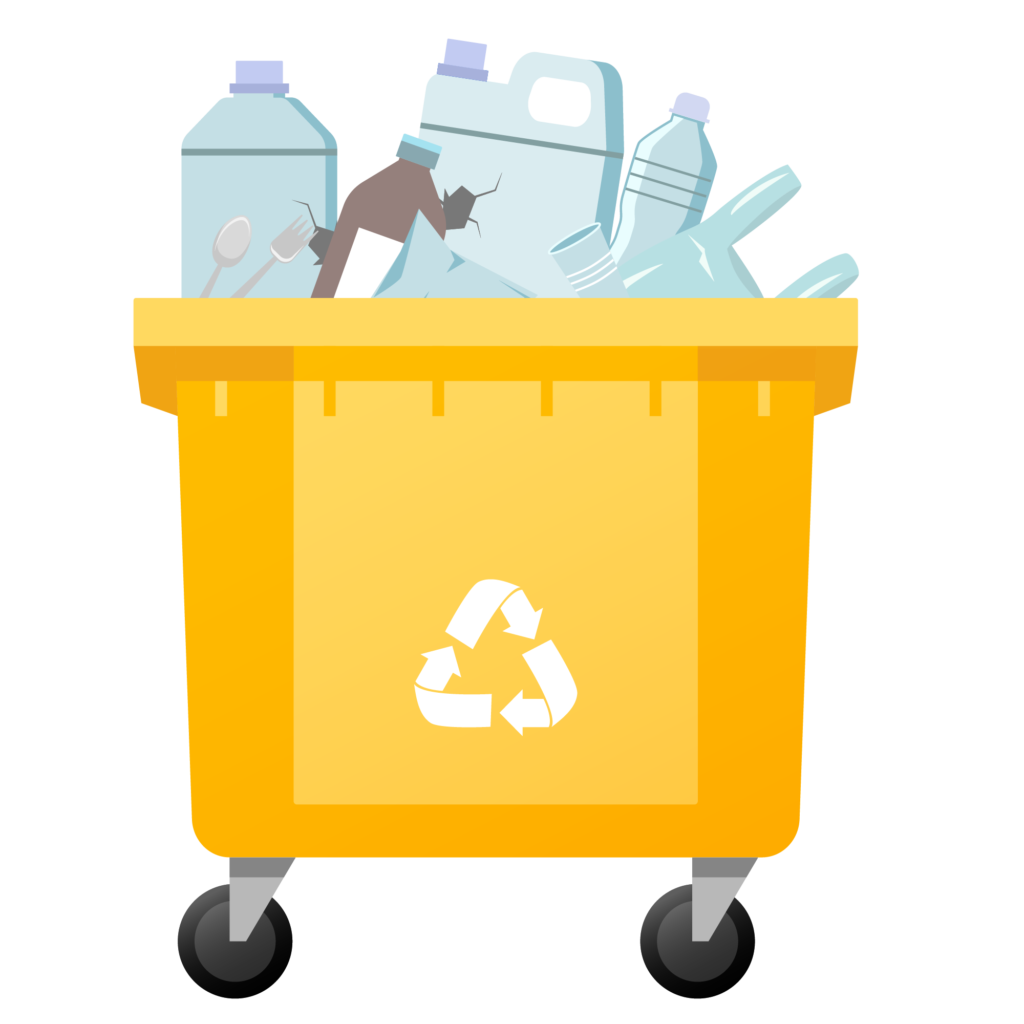
Paper

Paper collection includes for example:
- newspapers and magazines
- advertisements and catalogues
- envelopes
- photocopies and printouts
- other papers that come through your mailbox
No: Cartons, cardboard, gift wrapping paper or books, or wet or dirty paper.
Do this: When you take the papers out to the recycling bin, don't tie them together, leave them loose. The staples in magazines and flyers do not need to be removed. The plastic windows in envelopes do not need to be removed. You can also fold an old newspaper into a biowaste bag!
Did you know? Recycled paper is used to make for example toilet paper, paper towels and newspapers.
Metal
Metal collection includes for example:
- food cans and beverage cans without deposit
- aluminium foil and tins
- Kettles, pots and pans
- cutlery
- empty paint cans and empty, non-pressurised aerosol cans
No: Grill gas cylinders or aerosol cans that hiss or slosh. They must be sorted as hazardous waste. No large metal waste, take those to waste stations or waste centres (see the closest one on a map).
Tip: You can tell metal from plastic by squeezing the package. If it stays wrinkled, the material is metal. If not, it's made of plastic.
Did you know? Recycled metal is a valuable raw material that can be recycled almost endlessly. Recycled metal is used to make new metal packaging and, for example, shovels, bicycles and car parts.
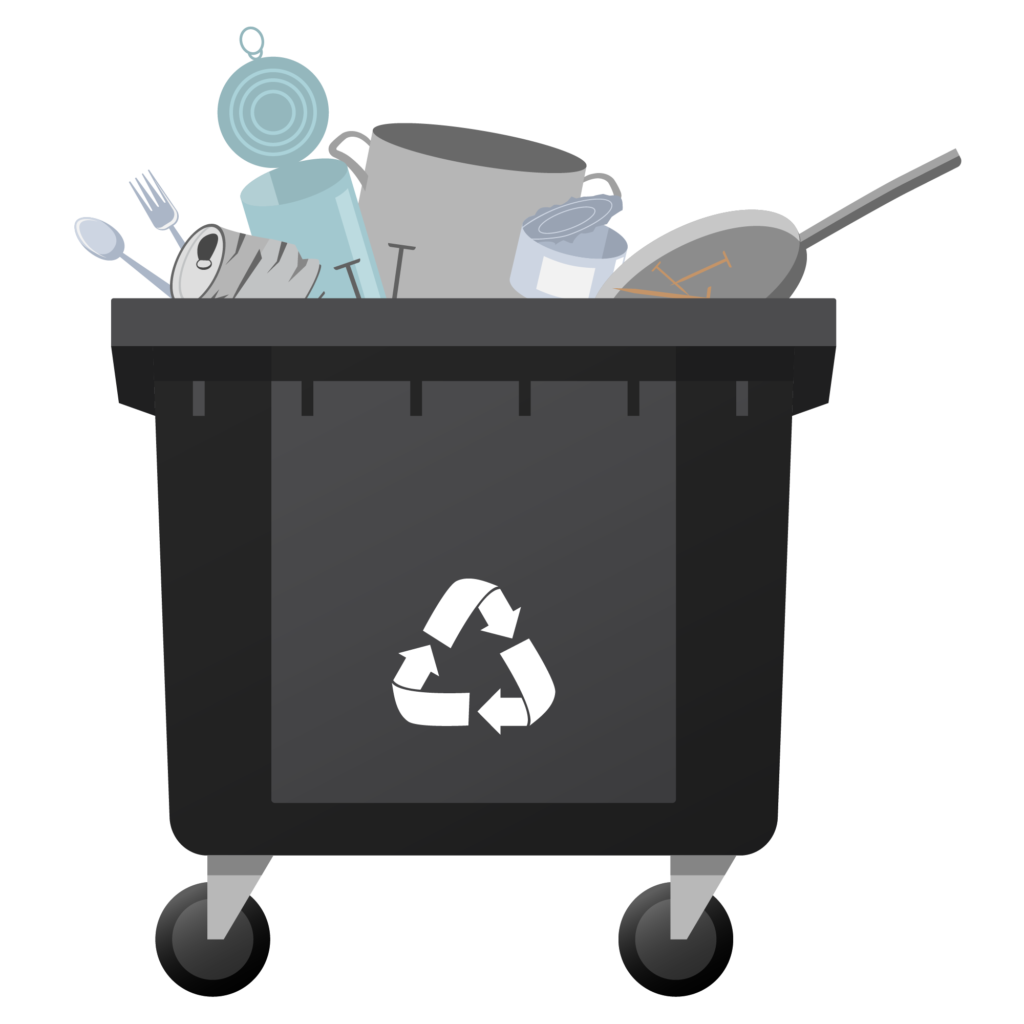
Glass
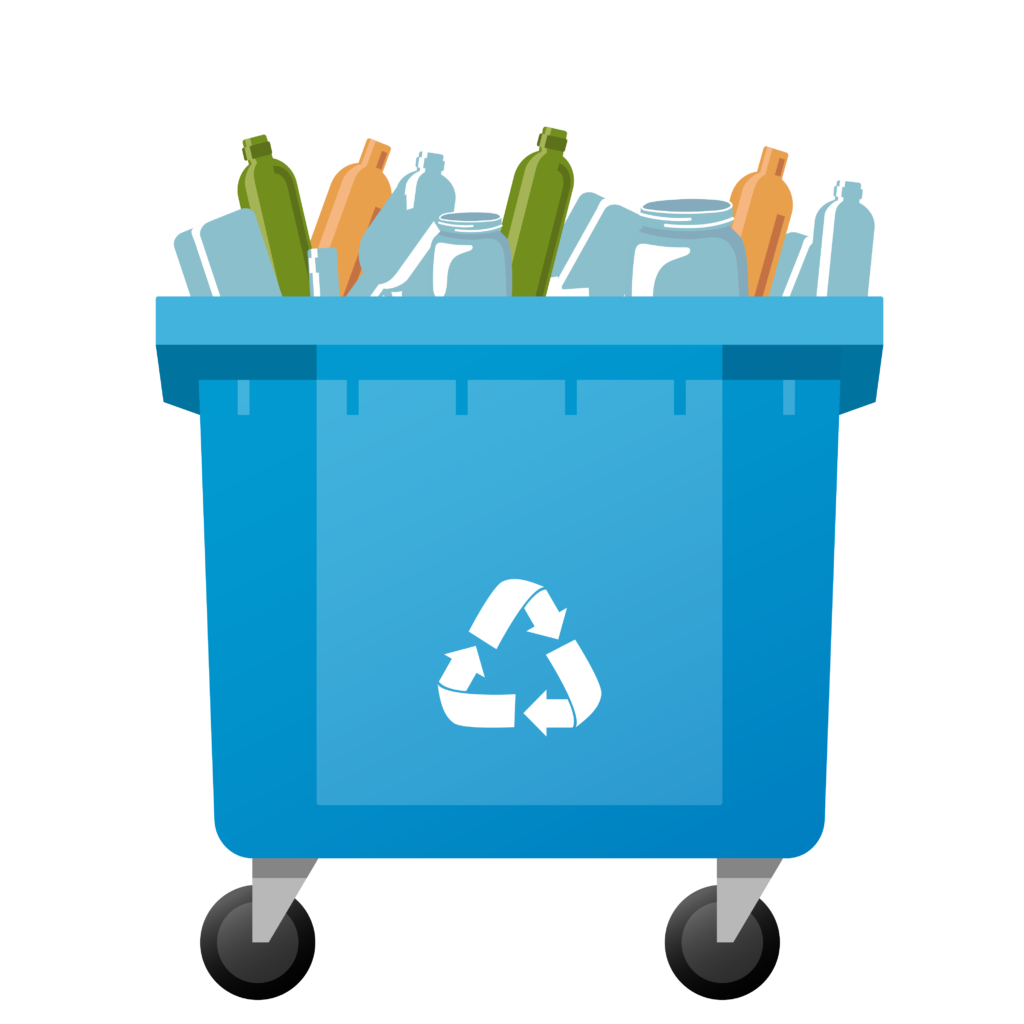
Glass collection includes for example:
- glass jars
- glass bottles
No: porcelain, ceramics, glassware, bulbs, mirrors or flat glass.
Do this: Remove caps and lids. Labels and bottle collars do not need to be removed. Rinse packages if necessary.
Did you know? Only glass packaging is suitable for collection, as other glass items may have different properties, for example their melting point might be different. All colours of glass are suitable for recycling. Glass is recycled to make new packaging glass, and glass can be recycled almost endlessly.
Mixed waste
Mixed waste includes for example:
- dirty plastic packaging and other plastic products (e.g. toys)
- dirty paper, cardboard and wrapping paper
- nappies and sanitary napkins
- porcelain, ceramics, glassware
- dirty textiles, leather, rubber
- incandescent and halogen lamps
- cosmetics
- ash, cigarette butts
- cassettes, CDs and DVDs
- pet waste
Did you know? In Finland, mixed waste is burned in power plants. In mixed waste, material suitable for recycling ends up needlessly being destroyed, which consumes natural resources. Reducing mixed waste is therefore particularly important.

Please note that the following waste is not collected from Lumo houses
It is the resident's responsibility to ensure the proper recycling and removal of furniture, electronics, textiles and hazardous waste.
Leaving these at the house's waste point or in common areas is prohibited.
Hazardous waste
Hazardous waste includes for example:
- energy-saving bulbs and other fluorescent lights
- batteries, accumulators (remember to cover the terminals with tape)
- medicines, needles and syringes (return to the pharmacy for free)
- car oils
- wet paints, glues and varnishes
- old New Year tin
- strong acids and alkaline detergents
Please note: Hazardous waste is waste which contains materials or substances that are toxic or harmful to humans or the environment. It is very important that hazardous waste not be sorted into mixed waste or poured down the drain but delivered instead to their respective separate waste collection.
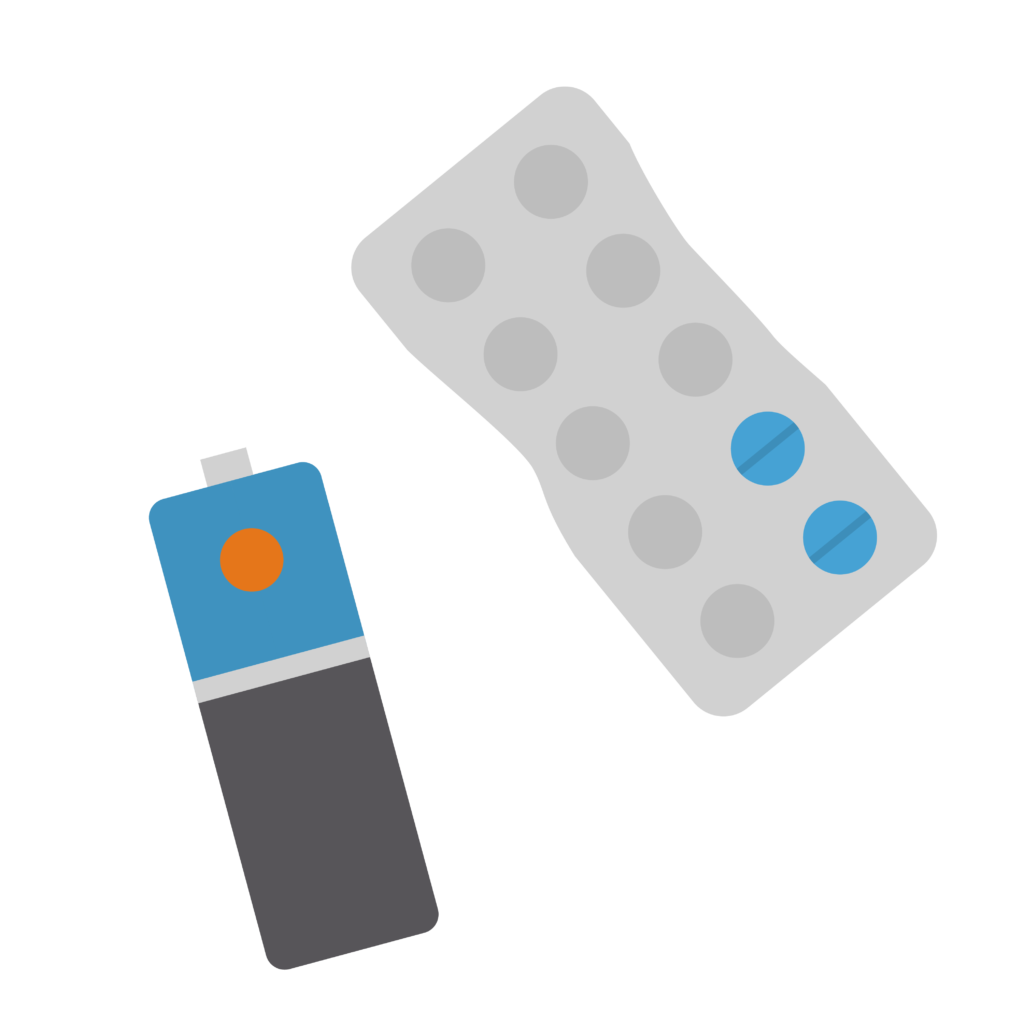
Textiles
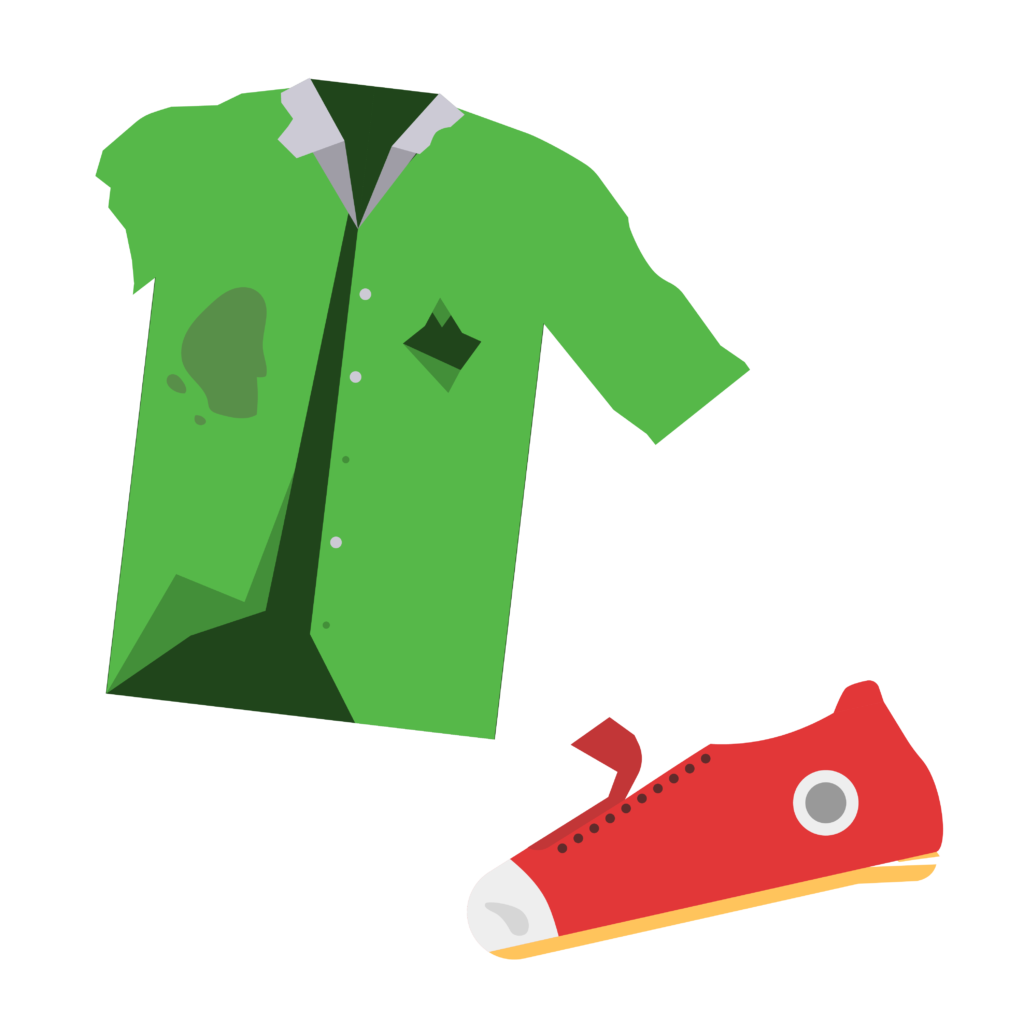
Usable textiles should be taken to recycling boxes or to a flea market for sale, or given directly to those who need them.
End-of-life textile collection points can be used to recycle textiles which are no longer needed and not suitable for reuse. As long as the products are washed and dry, it does not matter if they are worn out, broken or have permanent stains on them.
Individual dirty or broken textiles like underwear and socks can be put in mixed waste.
Remember that broken but clean towels and sheets can be donated to animal shelters as well.
Furniture and other items
Intact furniture and other items
Utilise flea markets and recycling centres.
Broken furniture and other items
Take unusable items and furniture to a waste station. From time to time, waste skips are also brought to Lumo houses where residents can leave the items they no longer need, free of charge.
See the closest waste station (in Finnish)
Please note: No furniture or other items should be left in the premises of Lumo houses, such as the storage rooms or the waste collection point. For example, when moving, the resident has to take care of bringing unwanted furniture and other items to recycling points.
Did you know? The extra cleaning of waste spaces takes working time away from other maintenance work and causes additional costs for the property and thereby also increases housing costs. You can also order a paid pick-up service to pick up your old furniture.

Electronics
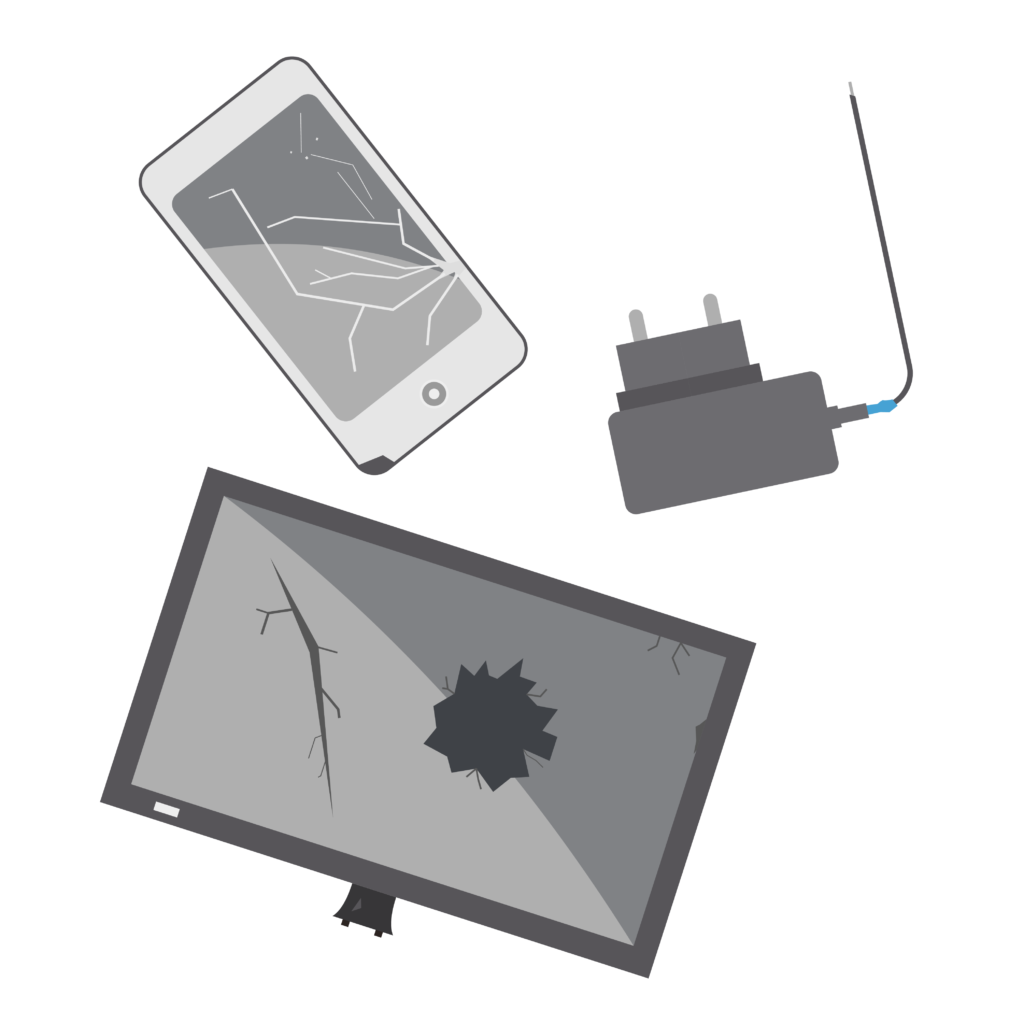
Usable electronics
You can sell usable electronic devices or take them to a recycling center.
Unusable electronics
Take unusable or broken electronics to electronic waste collection points, which you can often find connected to recycling centers.
Some home appliance stores and department stores also accept electronic devices for recycling.
We value your feedback!
Are the waste bins filling up too quickly, is the waste collection point messy, or is the waste collection point of your building missing a container for a certain type of waste? Please notify your property manager about it through the My Lumo service.
My Lumo service
Useful links
- HSY waste guide
- Recycling points on a map
- Helsinki region waste management
- Keski-Uusimaa and Kanta-Häme waste management
- Pirkanmaa waste management
- Turku region waste management
- Pohjois-Savo waste management
- Rovaniemi, Ranua and Pello waste management
- Päijät-Häme waste management
- Waste sorting guidelines in Arabic
Sources:
Helsinki Region Environmental Services HSY https://www.hsy.fi/
Pirkanmaa waste management https://pjhoy.fi/
